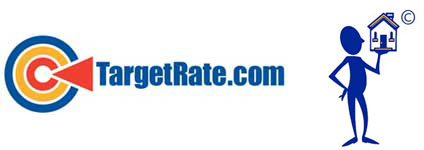As you can see from this chart, the 10 year Treasury has finally maintained a level below 3% for the first time in months. This is obviously good for long term borrowing rates. The yield curve is now pretty flat, which generally means a slowdown is coming. If the Fed moves up on short term rates, the yield curve may become even flatter or inverted. What happens after this???? Short term rates come back down eventually. Long term rates typically move up only when the yield curve is normal, but short term rates are very low. Long term rates typically never move up when the yield curve is flat or inverted.

WHERE ARE MORTGAGE RATES TODAY?
Generally, it depends on LTV ratios. The cheapest money is always related to lower LTV ratios and high debt yields (NOI / loan amount), which result in higher DSC ratios. Only FHA multifamily and senior housing rates do not price differently at maximum LTV ratios (up to 85% for non-cash out transactions.)
Here is what we have seen in the market:
Current FHA rates fixed for 30 years is 4.30%, approximately 140 basis points over the 10 year. These spreads (rate over the 10 year treasury) were quite tight at the beginning of the year, but have widened significantly, particularly as the 10 year as moved back down 40 basis points.
Insurance rates fixed for 10 years range from 130 basis points to 170 basis points over the 10 year treasury, depending on the LTV ratio and market. This results in the underlying rate at 4.375% to 5%. Smaller deals (below $5 million), will increase pricing by approximately 30 basis points. The spreads were thin in April. I stated this about spreads in our April 2018 market update. “The spreads are thin and have not yet begin to widen. That will change soon. Just look at investment grade bonds (BBB and better). As of today the yield is 4.25%. It is easier and less risk to buy a liquid 10 year bond than invest in a loan asset that yields less. Spreads are widening in all sectors, and it will happen here as well.” THEY DID. We also saw corporate bond spreads increased as well.
FNMA and Freddie Mac Mortgage rates are approximately 200 to 240 basis points above the 10 year treasury. There are non agency lenders quoting 180 basis points over the 10 year Treasury, which is quite attractive. Both FNMA and Freddie Mac spreads have widened as the 10 year has declined.
Please let us know if you need any market information or would like to have a conversation with us. We welcome conversations and will provide invaluable information and service to you. HAPPY HOLIDAYS AND MERRY CHRISTMAS!





